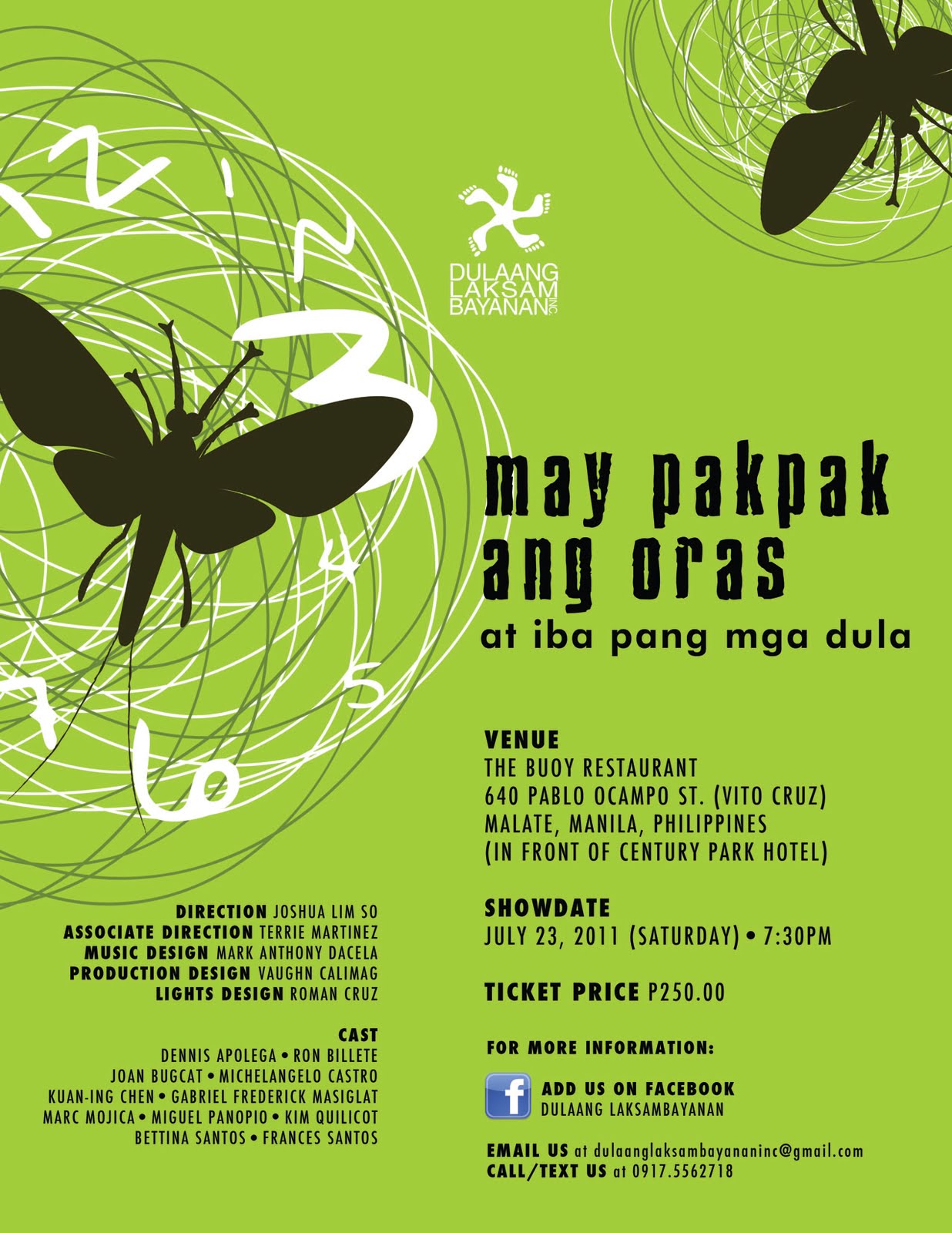Discovering the Magic of Philippine Theater: A Journey Through Popular Plays
Ever wondered what stories pulse through the heart of Philippine culture? Look no further than its vibrant theatrical scene. Philippine theater, with its diverse and captivating performances, offers a unique window into the nation's soul. From historical epics to contemporary dramas, these celebrated plays, or "mga tanyag na dula sa Pilipinas," reflect the country's history, values, and struggles.
Philippine theater is more than just entertainment; it's a living testament to the Filipino spirit. It's a powerful medium for storytelling, social commentary, and cultural preservation. This exploration delves into the fascinating world of popular Filipino plays, examining their historical roots, cultural significance, and enduring impact on Philippine society.
The history of Philippine theater is a rich tapestry woven with indigenous traditions, Spanish colonial influences, and American theatrical forms. Pre-colonial Filipinos had their own forms of dramatic expression, including rituals, dances, and oral narratives. The arrival of the Spanish introduced new theatrical forms, such as the zarzuela and the comedia, which were adapted and localized over time. These evolved into distinctly Filipino art forms, reflecting local themes and incorporating native languages.
These popular plays often tackle important social issues, giving voice to the marginalized and sparking important conversations. They have served as platforms for political commentary, cultural critique, and the exploration of complex human emotions. From the struggles against colonialism to contemporary social challenges, Filipino theater has always held a mirror to society, prompting reflection and inspiring change.
Understanding the significance of popular plays in the Philippines requires an appreciation for their historical context and their continuing relevance. These plays are not just relics of the past; they are living traditions, constantly being reinterpreted and reimagined for contemporary audiences. By exploring these dramatic works, we gain a deeper understanding of the Filipino identity and the forces that have shaped the nation.
One prominent example is "Walang Sugat" by Severino Reyes, a zarzuela depicting the love story amidst the backdrop of the Philippine Revolution against Spain. Another celebrated play is "Ang Huling El Bimbo," a modern musical that explores themes of friendship, love, and loss against the backdrop of changing social landscapes. These plays and countless others showcase the breadth and depth of Filipino theatrical talent and storytelling.
Several benefits arise from engaging with popular Filipino plays. Firstly, they provide valuable insights into Philippine history and culture. Secondly, they foster empathy and understanding by exploring diverse perspectives and experiences. Lastly, they celebrate the power of artistic expression and its ability to connect people and communities.
Advantages and Disadvantages of Reviving Traditional Plays
| Advantages | Disadvantages |
|---|---|
| Preservation of cultural heritage | Potential for misinterpretation or cultural appropriation |
| Educational opportunities | Cost and logistical challenges of production |
Five best practices for promoting Filipino plays include supporting local theater groups, incorporating them into educational curricula, organizing festivals and workshops, utilizing digital platforms for promotion, and fostering collaborations with international artists.
Frequently Asked Questions:
1. What are some other popular Filipino plays? (Answer: "New Yorker in Tondo," "Zarzuelang Bayan," "The Kundiman Party")
2. Where can I watch these plays? (Answer: Cultural centers, theaters, universities, online platforms)
3. How can I get involved in Philippine theater? (Answer: Join theater groups, attend workshops, volunteer at theaters)
4. Are there English translations available? (Answer: Some plays have English translations or subtitles available.)
5. Who are some famous Filipino playwrights? (Answer: Severino Reyes, Wilfrido Ma. Guerrero, Nick Joaquin)
6. What is the role of music in Filipino plays? (Answer: Music is often integral, especially in zarzuelas and musicals, enhancing the emotional impact.)
7. How has Philippine theater evolved over time? (Answer: From indigenous forms to colonial influences and contemporary styles, incorporating various themes and techniques.)
8. What is the future of Philippine theater? (Answer: Continued exploration of relevant social issues, experimentation with new forms, and wider accessibility through digital platforms.)
Tips and Tricks for appreciating Filipino theater: Research the play's historical context, familiarize yourself with the playwright's style, and engage with the performance actively.
In conclusion, the vibrant landscape of popular Filipino plays, or "mga tanyag na dula sa Pilipinas," offers a captivating journey into the heart and soul of the nation. From historical epics to contemporary dramas, these celebrated works reflect the rich tapestry of Philippine culture, history, and social realities. They provide a powerful medium for storytelling, social commentary, and cultural preservation. By engaging with these plays, we gain invaluable insights into the Filipino identity, fostering empathy, understanding, and appreciation for the arts. Supporting local theater groups, incorporating these plays into educational curricula, and promoting them through various platforms will ensure that the legacy of Philippine theater continues to thrive and inspire future generations. Exploring Philippine theater is not just about witnessing a performance; it's about connecting with the very essence of what it means to be Filipino. It's an invitation to explore, to understand, and to celebrate the enduring power of storytelling in shaping a nation.
Blond ambition mechanical might exploring the anime trope we love
Unmasking the zeitgeist the intrigue of the logo quiz game online
Effortless travel unlocking the convenience of chauffeured van rentals













